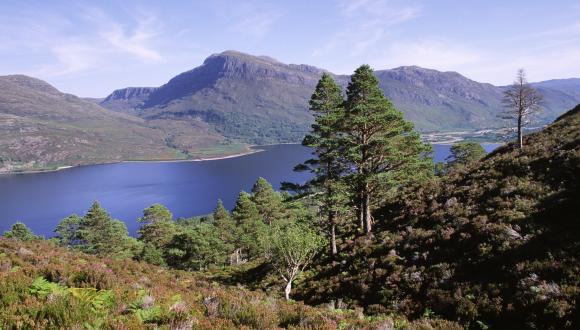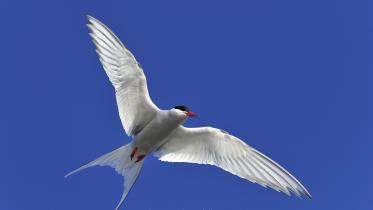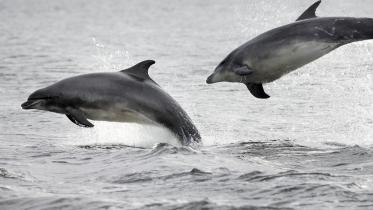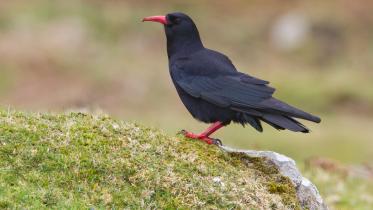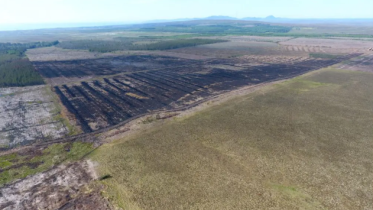Priority habitats as qualifying interests of Scotland's Special Areas of Conservation (SACs) in Scotland
Article 1 of the Habitats Directive sets out the purpose of the Directive. It identifies at 1(d) priority natural habitat types as those "in danger of disappearance ... and for the conservation of which the Community has particular responsibility". Priority species are also defined in Article 1(h) as endangered species for the conservation of which the Community has particular responsibility. It should be noted that there are no priority species in any SAC in Scotland; species such as otter, wild cat, and bottlenose dolphin are all non-priority. No bird species, including those listed on Annex I of the Birds Directive, has priority status in the context of the Habitats Directive. The term ‘priority’ is of course used in other contexts, for example with reference to priority marine features, or particular habitats or species that are prioritised in Biodiversity Action Plans. These are not however priority habitats or species within the meaning of the Habitats Directive or the Habitats Regulations.
For a plan or project where it cannot be ascertained that it will not adversely affect the integrity of a European site, regulation 49 of the Habitats Regulations sets out the circumstances whereby the proposal may be carried out, in the absence of alternative solutions and for imperative reasons of over-riding public interest. Where a priority habitat is affected, the only such reasons that may be considered relate to human health or public safety; beneficial consequences to the environment; or other reasons subject to the opinion of the Scottish Ministers.
For the avoidance of doubt priority habitats which are qualifying interests on SACs in Scotland are:
|
INTEREST NAME |
COMMON NAME |
|---|---|
|
Active blanket bogs |
Active blanket bogs |
|
Active raised bogs |
Active raised bogs |
|
Alluvial forests with Alnus glutinosa and Fraxinus excelsior (Alno-Pandion, Alnion incanae, Salicion albae)
|
Alder woodland on floodplains |
|
Alpine pioneer formations of Caricion bicoloris-atrofuscae |
High-altitude plant communities associated with areas of water seepage |
|
Atlantic decalcified fixed dunes (Calluno-Ulicetea) |
Coastal dune heathland |
|
Bog woodland |
Bog woodland |
|
Caledonian forest |
Caledonian forest |
|
Coastal dunes with Juniperus spp. |
Dunes with juniper thickets |
|
Coastal lagoons |
Lagoons |
|
Decalcified fixed dunes with Empetrum nigrum |
Lime-deficient dune heathland with crowberry |
|
Fixed coastal dunes with herbaceous vegetation (grey dunes) |
Dune grassland |
|
Limestone pavements |
Limestone pavements |
|
Petrifying springs with tufa formation (Cratoneurion) |
Hard-water springs depositing lime |
| Species-rich Nardus grasslands on siliceous substrates in mountain areas | Species-rich grassland with mat-grass in upland areas |
| Tilio-Acerion forests of slopes, screes and ravines | Mixed woodland on base-rich soils associated with rocky slopes |
